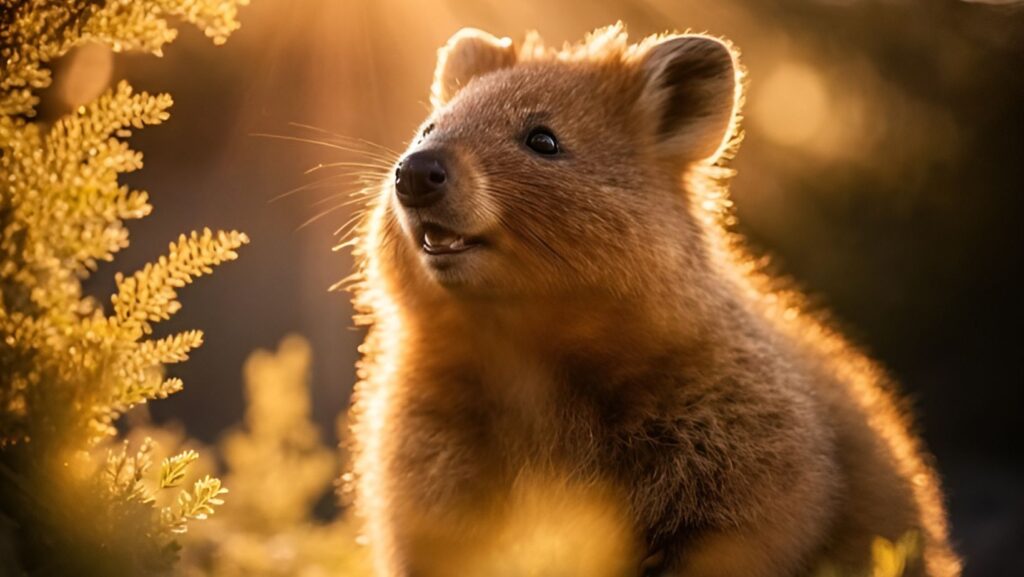Wildlife photography captures the essence of nature in its purest form. As a wildlife photographer, I immerse myself in the wilderness, patiently waiting to capture that perfect moment when a majestic creature reveals itself. The thrill of freezing time to preserve untamed beauty through my lens is unmatched.
In the realm of wildlife photography, preparation and perseverance are key. Understanding animal behavior, scouting locations, and mastering technical skills are essential components for successful shots. Each click of the camera tells a story, conveying emotion and raw authenticity that can only be found in the natural world.
Through my lens, I aim to showcase the vulnerability and resilience of wildlife species worldwide. It’s not just about taking pictures; it’s about raising awareness, fostering appreciation, and inspiring conservation efforts to protect these animals’ habitats for generations to come.

Choosing the Right Camera Equipment
When it comes to WILDLIFE PHOTOGRAPHY, selecting the right camera equipment is CRUCIAL for capturing stunning shots in the wild. Here are some key considerations to keep in mind when choosing your gear:
Camera Body
- Opt for a camera body that offers fast autofocus capabilities to capture quick movements of wildlife.
- Look for a model with good low-light performance for early morning or dusk shoots.
- Consider the weather-sealing of the camera body to protect it from dust and moisture in outdoor environments.
Lenses
- Invest in a telephoto lens with a long focal length (200mm or higher) to get up close shots of distant animals.
- A macro lens can be handy for capturing intricate details of smaller creatures like insects and reptiles.
- Choose lenses with image stabilization technology to reduce blur caused by hand movement when shooting handheld.
Accessories
- Bring extra batteries and memory cards to avoid missing out on important shots due to power or storage limitations.
- Carry a sturdy tripod for stable shots, especially in low light conditions or when using heavy lenses.
- Don’t forget lens cleaning kits and protective filters to safeguard your gear from dirt, scratches, and harsh lighting conditions.
By selecting the RIGHT CAMERA EQUIPMENT tailored to your specific needs as a wildlife photographer, you’ll be better equipped to capture breathtaking moments in nature with precision and clarity. Remember, each piece of gear plays a crucial role in helping you tell captivating visual stories through your photographs.

Finding the Perfect Wildlife Photography Location
When it comes to finding the PERFECT WILDLIFE PHOTOGRAPHY LOCATION, it’s essential to consider a few key factors. As a wildlife photographer myself, I’ve learned that the right location can make or break a shot. Here are some tips to help you discover those hidden gems where nature truly shines:
Research and Preparation
- Start by researching different regions known for their diverse wildlife. Look into national parks, nature reserves, or even lesser-known areas that may offer unique opportunities.
- Consider the time of year and migration patterns of animals in your chosen location. This can greatly impact the type of wildlife you’ll encounter and photograph.
Local Knowledge and Guides
- LOCAL GUIDES can be invaluable sources of information when scouting for wildlife photography locations. They often know the best spots and times to capture stunning shots.
- Connecting with local photographers or communities can also provide insights into hidden gems that may not be well-known but offer fantastic photo opportunities.
Patience and Flexibility
- Wildlife photography requires patience and FLEXIBILITY. Nature doesn’t always adhere to schedules, so be prepared to spend time waiting for that perfect moment.
Respect for Nature
- Remember to always RESPECT THE NATURAL HABITAT of the animals you’re photographing. Avoid disturbing them or their environment for the sake of a shot.
In conclusion, finding the perfect wildlife photography location is a blend of research, local knowledge, patience, and respect for nature. By considering these aspects, you’ll increase your chances of capturing breathtaking images that truly showcase the beauty of wildlife in its natural habitat.

